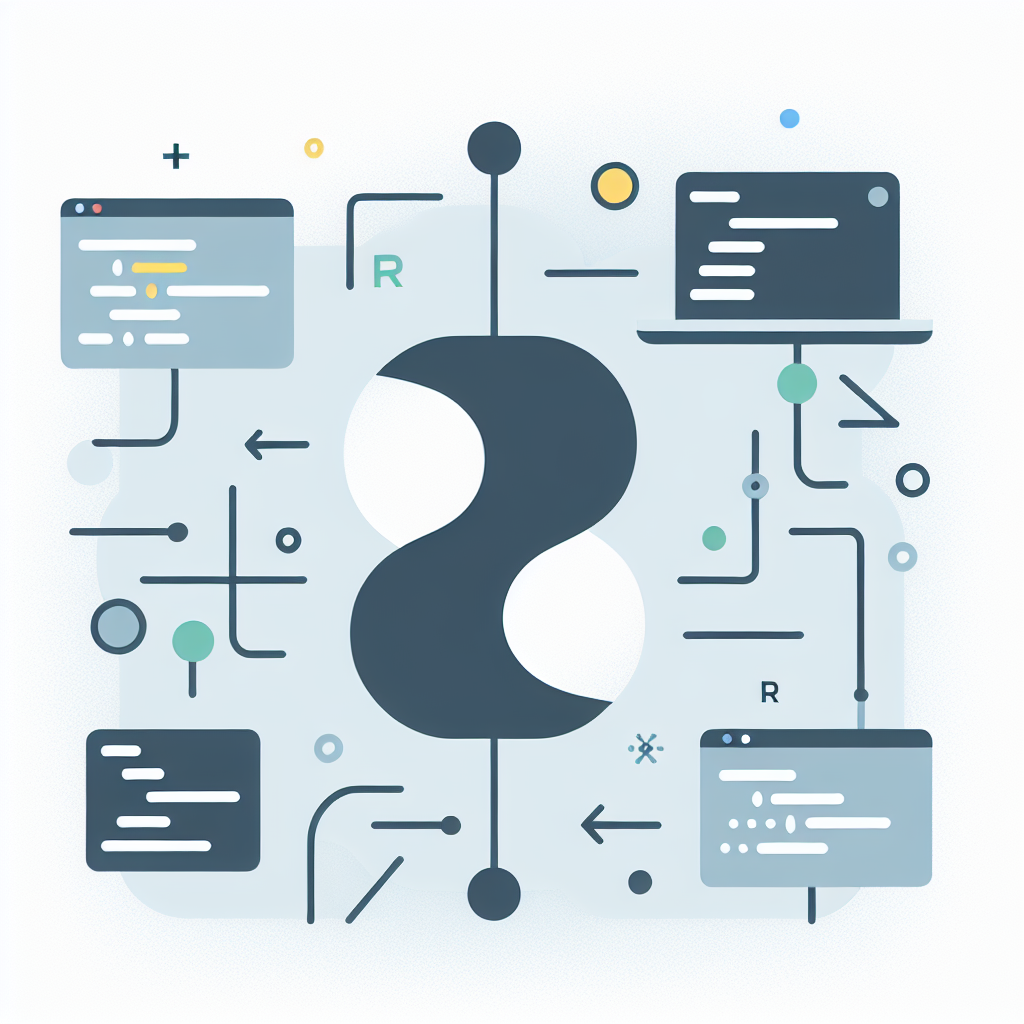Convert R to JavaScript: Efficient Code Translator Tool
Effortlessly convert R code to JavaScript with our intuitive tool. Boost efficiency, optimize scripts, and bridge language gaps seamlessly. Try it today!
Source Code
Converted Code
Output will appear here...
Transform your R code seamlessly into JavaScript with our R to JavaScript converter, designed for data scientists and developers. This tool enhances cross-platform compatibility and boosts performance, making it ideal for web applications and interactive data visualizations. Experience effortless integration and enhanced functionality with this versatile code translation solution.

R to JavaScript Conversion Tool Link to this section #
Empower your data science projects with our R to JavaScript conversion tool. This tool is designed to seamlessly translate R scripts into efficient JavaScript code, bringing the power of R's analytical capabilities to web applications.
Key Features Link to this section #
- Seamless Conversion: Translate R code to JavaScript effortlessly, maintaining the integrity of functions and data structures.
- Efficiency: Optimized for performance, ensuring the JavaScript code runs smoothly in browser environments.
- Compatibility: Supports a wide range of R libraries and functions, making it versatile for diverse datasets.
Benefits Link to this section #
- Cross-Platform Analytics: Utilize R's robust statistical functions in web applications, enhancing data visualization and analysis capabilities.
- Ease of Use: With an intuitive interface, even those new to coding can convert scripts without hassle.
- Integration: Easily integrate converted JavaScript code into existing web projects, expanding the functionality of your applications.
Sample Conversion Link to this section #
Example of converting an R script for calculating the mean of a dataset:
R Code:
data <- c(4, 8, 15, 16, 23, 42)
mean_value <- mean(data)
print(mean_value)
JavaScript Code:
const data = [4, 8, 15, 16, 23, 42];
const meanValue = data.reduce((a, b) => a + b, 0) / data.length;
console.log(meanValue);
How It Works Link to this section #
- Upload R Script: Input your R script into the tool.
- Conversion: The algorithm processes the script and converts it to JavaScript.
- Download/Copy Code: Obtain the JavaScript code ready for deployment.
Additional Resources Link to this section #
- Learn more about JavaScript for web development.
- Explore R programming for data analysis.
This tool bridges the gap between data science and web development, making it an indispensable resource for developers and data scientists alike.
Frequently Asked Questions
How can I call R scripts from JavaScript?
To call R scripts from JavaScript, you can use a server-side solution like Rserve or Plumber to expose R functions as APIs, which can then be accessed via HTTP requests using JavaScript's fetch API or AJAX calls.
What are the best libraries for data visualization in JavaScript that are similar to ggplot2 in R?
For data visualization in JavaScript similar to ggplot2 in R, you can use libraries like D3.js, Chart.js, and Plotly.js. These libraries offer extensive customization and interactivity, making them popular choices for creating complex visualizations on the web.
Is it possible to convert R code directly into JavaScript?
Directly converting R code into JavaScript is not straightforward due to differences in language paradigms. However, you can manually translate logic and algorithms, or use tools like Transcrypt for Python-to-JavaScript translation as an intermediate step if your R code can be ported to Python first.